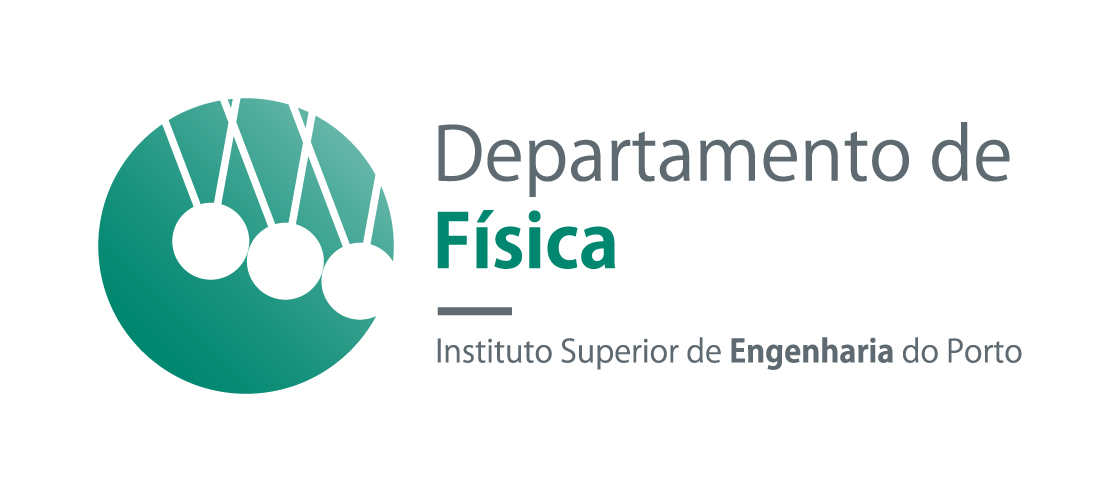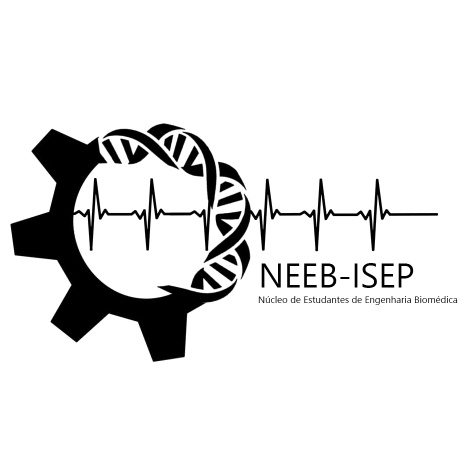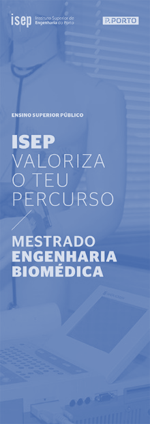 Utilização de imagens 2D/3D de ultrassom com elevada resolução espacial e temporal para a caracterização da mecânica do tendão
Utilização de imagens 2D/3D de ultrassom com elevada resolução espacial e temporal para a caracterização da mecânica do tendão Resumo
Achilles tendinopathy affects competitive and recreational athletes as well as inactive people. The incidence of this pathology in the general population is 1.8%and over 80% of tendon ruptures occur during recreational sports. The etiology of tendinopathies is multifactorial, but tendon overuse is assumed to be one of the main pathological stimuli.
This work presents the investigation and implementation of a 2D high-spatial and high-temporal resolution ultrasound acquisition system for the in-vivo characterization of tendon mechanics. Such characterization was performed by developing a 2D+t deformable image registration method. Local tendon mechanics was evaluated by estimating regional tendon strain and local tendon tissue displacement. The developed deformable image registration method and the calculation of the features used for the characterization of the local tendon mechanics were embedded in the KULTeC. The KULTeC is a standalone, easy and intuitive application, which is intended to allow the clinician to easily characterized the local tendon mechanics. Due to the absence of ground-truth for the in-vivo data, a psychometric approach was performed. The obtained results confirmed the reproducibility of the implemented deformable image registration method, demonstrated a convergence of the estimated results with the literature results and demonstrated the capability of the method for the discrimination between asymptomatic and medium to severe tendinopathy conditions.
On a second part, we have investigated the impact of out-of-plane motion for the quantification of tendon strain using 2D US images. For this investigation, 3D high-spatial resolution ultrasound data was used, and the global strain was estimated using an affine image registration approach. The results obtained from this experiment, using in-silico data, demonstrated the theoretically added value of strain estimations using 3D data. However, with the increasing complexity of in-vitro and ex-vivo data, and the increasing complexity of the acquisition setup, the acquisition of 3D high-spatial resolution US images becomes very challenging. Catarina Carvalho![]()
I began my academic life in 2007 by joining the Bachelor of Computing Engineering and Medical Instrumentation, at ISEP. My final project was developed under the supervision of Professor Carlos Vinhais and it concerned the development of an image processing method for the non-invasive estimation of the length of long bones. After concluding my bachelor degree in 2010, I’ve joined the master degree in biomedical engineering, at FEUP. There I worked under the supervision of Professor AurélioCampilho and I developed an ultrasound classification system used to the detection of the carotid walls. After the conclusion of my master degree, I decided I wanted to do a PhD and in 2013 I moved to Belgium. In my PhD I’ve developed a system which allows clinicians to quantify the tissue deformation patterns of the Achilles tendon in-vivo.
VOLTAR



